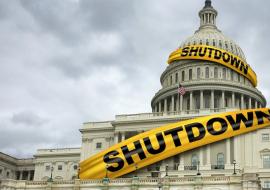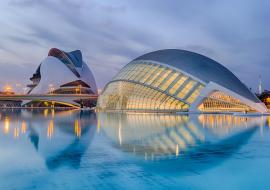New Orleans Needs to Rebuild its Economy Based on Tourism, other Sectors as Well
Because the old New Orleans is no more, it could resurrect itself as the great new American city of the 21st century. Or as an impoverished tourist trap.
Founded by the French in 1718, site of the first U.S. mint in the Western United States, this one-time pride of the South, this one-time queen of the Gulf Coast had been declining for decades, slowly becoming an antiquated museum.
Now New Orleans must decide how to be reborn. Its choices could foretell the future of urbanism.
The sheer human tragedy –and the fact that the Gulf Coast is crucial to the nation´ s economy as well as the Republican Party´s base- guarantee that there will be money to start the project. Private corporations, churches and nonprofits will pitch in with the government.
The city needs to reconstruct the French Quarter, the Garden District and other historic areas while sprucing up the convention center and other tourist facilities. This, however, would squander a greater opportunity. A tourism-based economy is no way to generate a broadly successful economy.
Although the number of hotel rooms in the city has grown by about 50 percent over the past few years, tourism produces relatively few high-wage jobs.
Look a few hundred miles to the west, at Houston –a well-run city with a widely diversified economy. Without much in the way of old culture, charm or tradition, it has far outshone New Orleans as a beacon for enterprising migrants from other countries as well as other parts of the United States, including New Orleans.
Giving priority to basic infrastructure may not appeal to those who would prefer to patch the structural problems and spend money on rebuilding New Orleans as a museum, or by adding splashy concert halls, art museums and other iconic cultural structures.
Some may argue that such a shift would diminish New Orleans´ status in cultural folklore as a corrupt but charming waif. Yet that old ghost is probably already gone.
Even a rebuilt, reconfigured Latin Quarter would no doubt seem more Anaheim, California, than anti-bellum. In contrast, a new New Orleans –a city with a thriving economy, a city of aspiration as well as memory- would in time create its own cultural efflorescence, this time linked as much to the future as the past.














